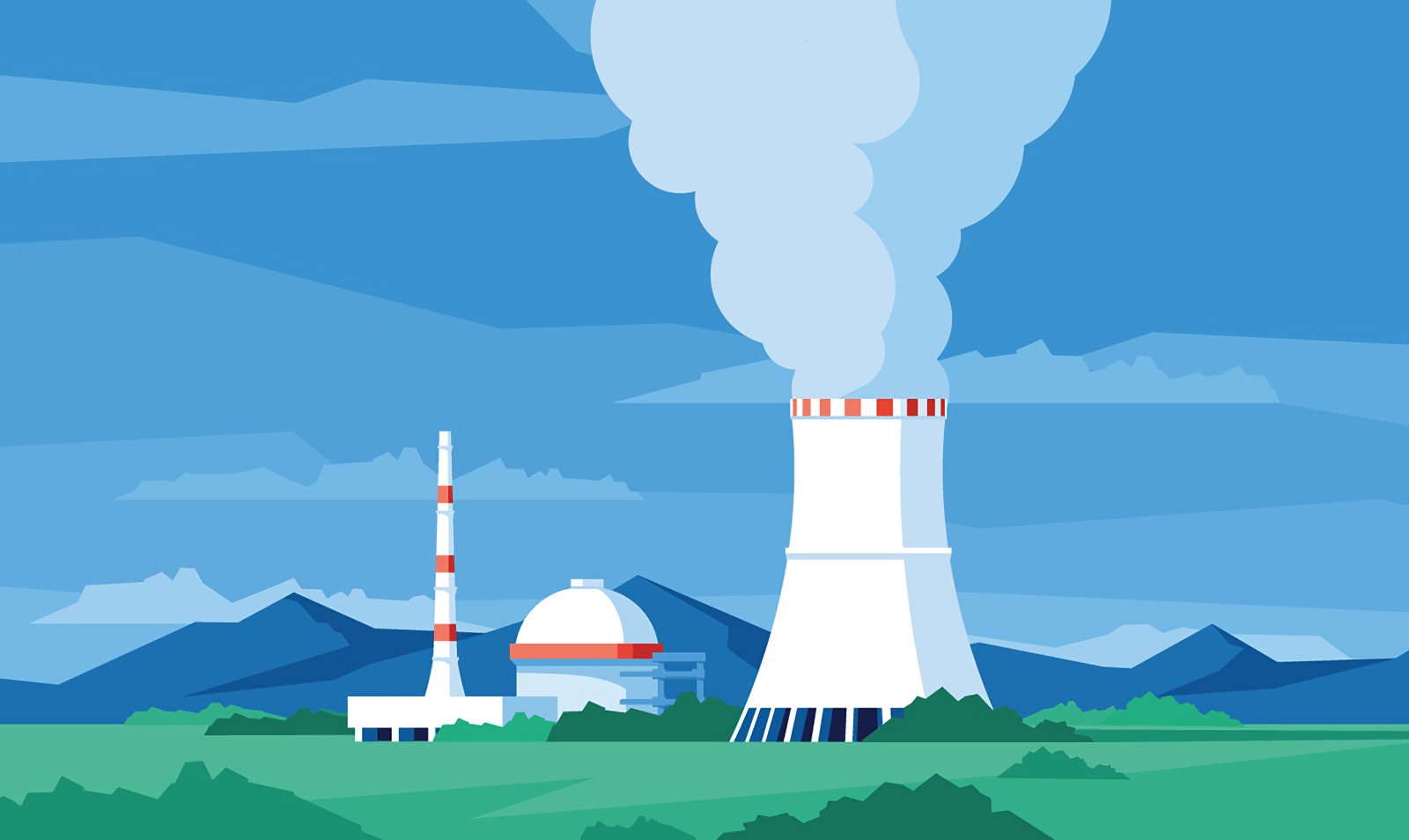Is Clean Nuclear Energy Possible?
It is less likely that the next several years will be spent trying to figure out how to make a nuclear power plant less harmful to the environment than they will be spent figuring out where the atom belongs on the wide ecological spectrum of energy sources, with all its benefits and drawbacks.






